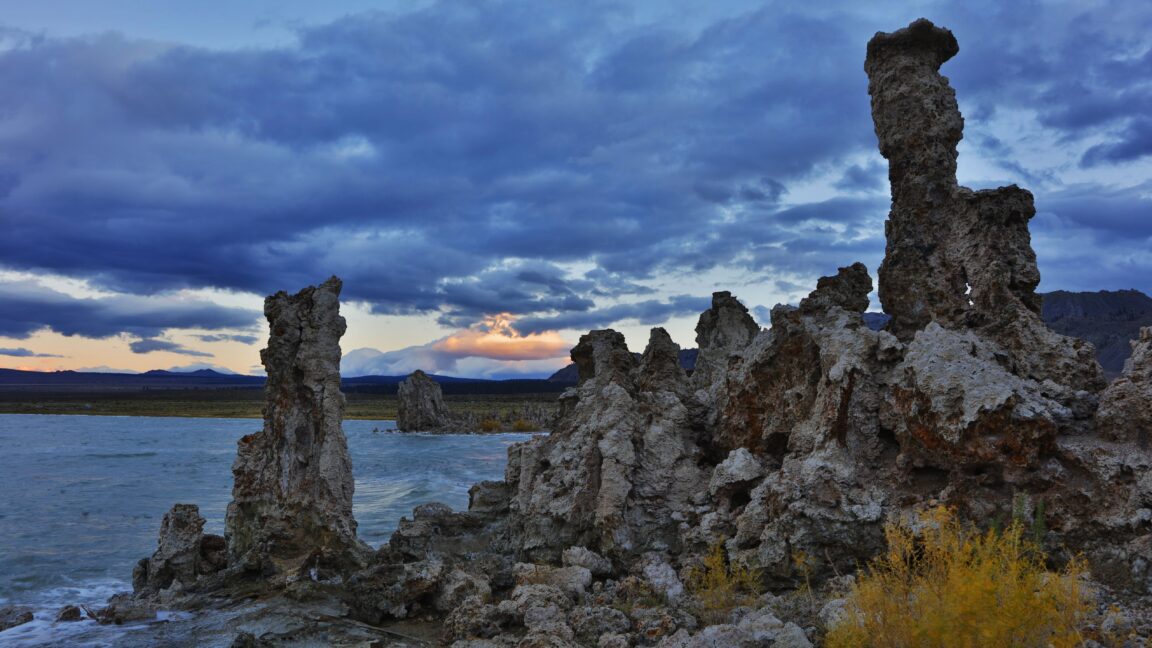
Widely panned arsenic life paper gets retracted—15 years after brouhaha
How did your country report this? Share your view in the comments.
Diverging Reports Breakdown
Widely panned arsenic life paper gets retracted—15 years after brouhaha
In 2010, a NASA study claimed to have found an alien-like microbe in a lake in California. It incorporated arsenic, instead of phosphorus, into the backbone of its DNA. Outside scientists quickly identified flaws and problems in the study. Several researchers pointed out that “straightforward” and “crucial” experiments that would support their big claim of arsenic-based life were simply not conducted, they said. “We’ve cracked open the door to what’s possible for life elsewhere in the universe and that’s profound,” lead author said.
If true, the claims were groundbreaking. And NASA’s press team only hyped the potential significance. In press materials, the agency claimed the finding “begs a rewrite of biology textbooks” and “will impact the search for evidence of extraterrestrial life.” In a subsequent press conference, the lead author, Felisa Wolfe-Simon, didn’t hold back, either, saying, “We’ve cracked open the door to what’s possible for life elsewhere in the universe and that’s profound.”
Backlash
But upon that very splashy debut, outside scientists quickly identified flaws and problems in the study. When the study finally appeared in the June 3, 2011, print issue of Science, it was accompanied by eight “technical comments” blasting the study claims.
Several researchers pointed out that “straightforward” and “crucial” experiments that would support their big claim of arsenic-based life were simply not conducted. Chemists noted that if there were truly arsenic in place of phosphorus in the bacterium’s DNA, the genetic material would fall apart in less than a second when exposed to water.
Microbiologists noted flaws in the authors’ methods, such as that they grew the bacterium—dubbed GFAJ-1—in an arsenic-rich growth medium that had enough phosphate contamination to sustain the life of an average earthling, even if it was tolerant of arsenic. And, critics noted, the authors didn’t purify the bacterium’s DNA carefully enough before evaluating its composition. Thus, the finding of arsenic with the genetic material could have simply been contamination. A biochemist noted to Nature at the time that a calculation in the paper itself showed that the DNA in GFAJ-1 grown in arsenic-rich growth medium contained 26 times more phosphorus than arsenic.
“I fault the authors for not noticing these things and sorting them out,” Rosemary Redfield, a microbiologist at the University of British Columbia in Vancouver, Canada, and an early critic of the study, told Nature in 2010. “We shouldn’t have to do the thinking for them.”
